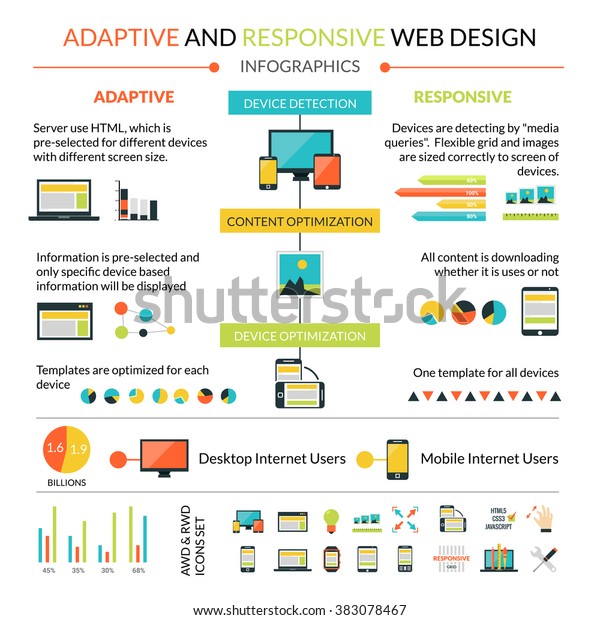Interested In Discovering How Internet Site Style Has Evolved? Explore The Journey From Simple Styles To User-Centric Techniques
Interested In Discovering How Internet Site Style Has Evolved? Explore The Journey From Simple Styles To User-Centric Techniques
Blog Article
Uploaded By-Asmussen Cantu
In the past, internet sites were easy and concentrated on information. Navigation was straight, and design was for desktop computers. Currently, user experience is vital. Data guides layouts for easy navigating. Responsive layouts fit various tools. Today, dark setting lowers pressure, and minimalist food selections enhance navigation. Interactive functions engage individuals, and vibrant visuals stick out. AI assimilation improves involvement. See exactly how style has actually developed to improve your on-line trip.
Very Early Days of Web Design
In the very early days of web design, simpleness reigned supreme. Sites were fundamental, with restricted shades, fonts, and layouts. The focus was on giving info rather than showy visuals. Users accessed the net through slow dial-up connections, so speed and capability were crucial.
Navigating menus were straightforward, usually situated at the top or side of the page. Websites were created for desktop computers, as mobile surfing had not been yet prevalent. Web content was king, and developers focused on easy readability over complex style components.
https://searchengineland.com/3-tips-for-optimizing-your-clients-seo-in-2021-349699 was the primary coding language made use of, and designers needed to work within its constraints. Animations and interactive functions were very little contrasted to today's criteria. Internet sites were fixed, with little vibrant web content or personalized individual experiences.
Rise of User-Focused Design
With the advancement of site design, a shift in the direction of user-focused design principles has become progressively prominent. Today, producing sites that prioritize individual experience is critical for involving site visitors and attaining company goals. User-focused layout entails understanding the demands, preferences, and behaviors of your target market to customize the site's design, content, and includes appropriately.
Developers currently carry out comprehensive research study, such as user studies and usability screening, to gather understandings and feedback directly from customers. This data-driven approach aids in creating instinctive navigating, clear calls-to-action, and aesthetically enticing user interfaces that reverberate with visitors. By https://jaredlgztm.ja-blog.com/29923242/master-the-art-of-drawing-in-close-by-consumers-with-local-search-engine-optimization-methods-yet-don-t-overlook-the-international-reach-potential-of-standard-search-engine-optimization-find-the-essential-distinctions at the facility of the layout procedure, internet sites can deliver a much more individualized and pleasurable experience.
Receptive style has additionally emerged as a vital aspect of user-focused layout, guaranteeing that web sites are maximized for different devices and screen dimensions. This flexibility improves ease of access and usability, catering to the diverse methods individuals connect with sites today. Essentially, the increase of user-focused layout represents a shift in the direction of producing digital experiences that focus on the requirements and expectations of the end customer.
Modern Trends in Web Design
Discover the current patterns shaping web design today. One noticeable trend is dark mode layout, using a smooth and modern-day appearance while reducing eye pressure in low-light settings. One more vital pattern is minimal navigation, simplifying menus and enhancing user experience by concentrating on essential elements. Including micro-interactions, such as animated buttons or scrolling effects, can develop a more engaging and interactive website. Receptive design remains critical, making certain smooth user experiences throughout different devices. Additionally, using vibrant typography and unbalanced layouts can add visual passion and draw attention to specific content.
Integrating AI technology, like chatbots for client assistance or personalized recommendations, improves individual interaction and simplifies processes. Availability has additionally come to be a significant pattern, with designers prioritizing inclusive design practices to accommodate varied individual requirements. Accepting sustainability by optimizing web site efficiency for speed and effectiveness is another arising fad in web design. Collaborating with customer comments and data analytics to repeat and enhance style continuously is essential for staying pertinent in the ever-evolving digital landscape. By welcoming these contemporary trends, you can produce an aesthetically attractive, user-friendly internet site that reverberates with your audience.
Conclusion
As you assess the advancement of site design from the very early days to now, you can see exactly how user-focused style has ended up being the driving force behind modern-day trends.
Welcome the trip of change and adaptation in website design, always maintaining the user experience at the forefront.
Remain current with the most up to date trends and innovations, and never quit evolving your approach to develop aesthetically magnificent and straightforward sites.
Advance, adjust, and produce - the future of website design is in your hands.
